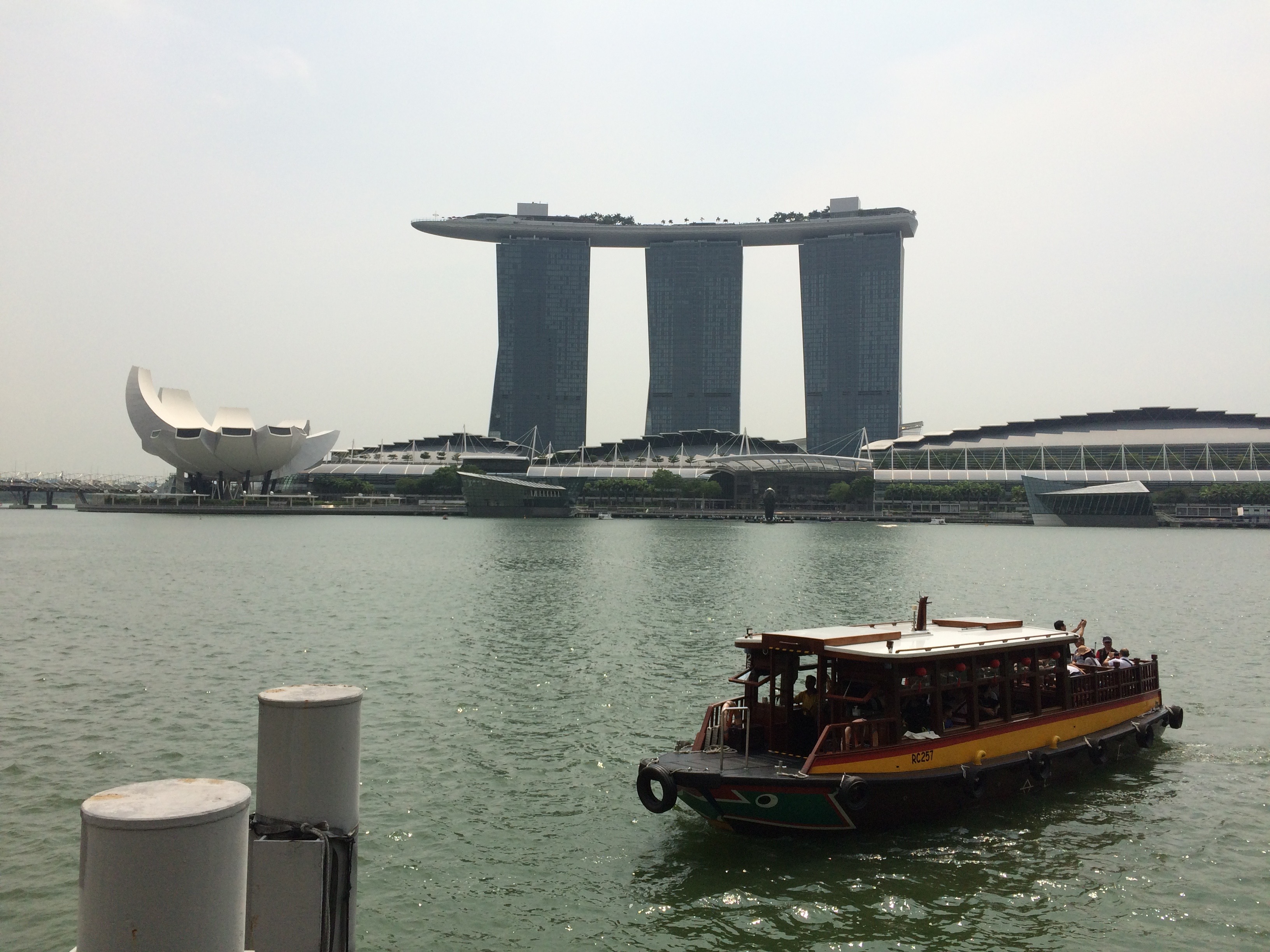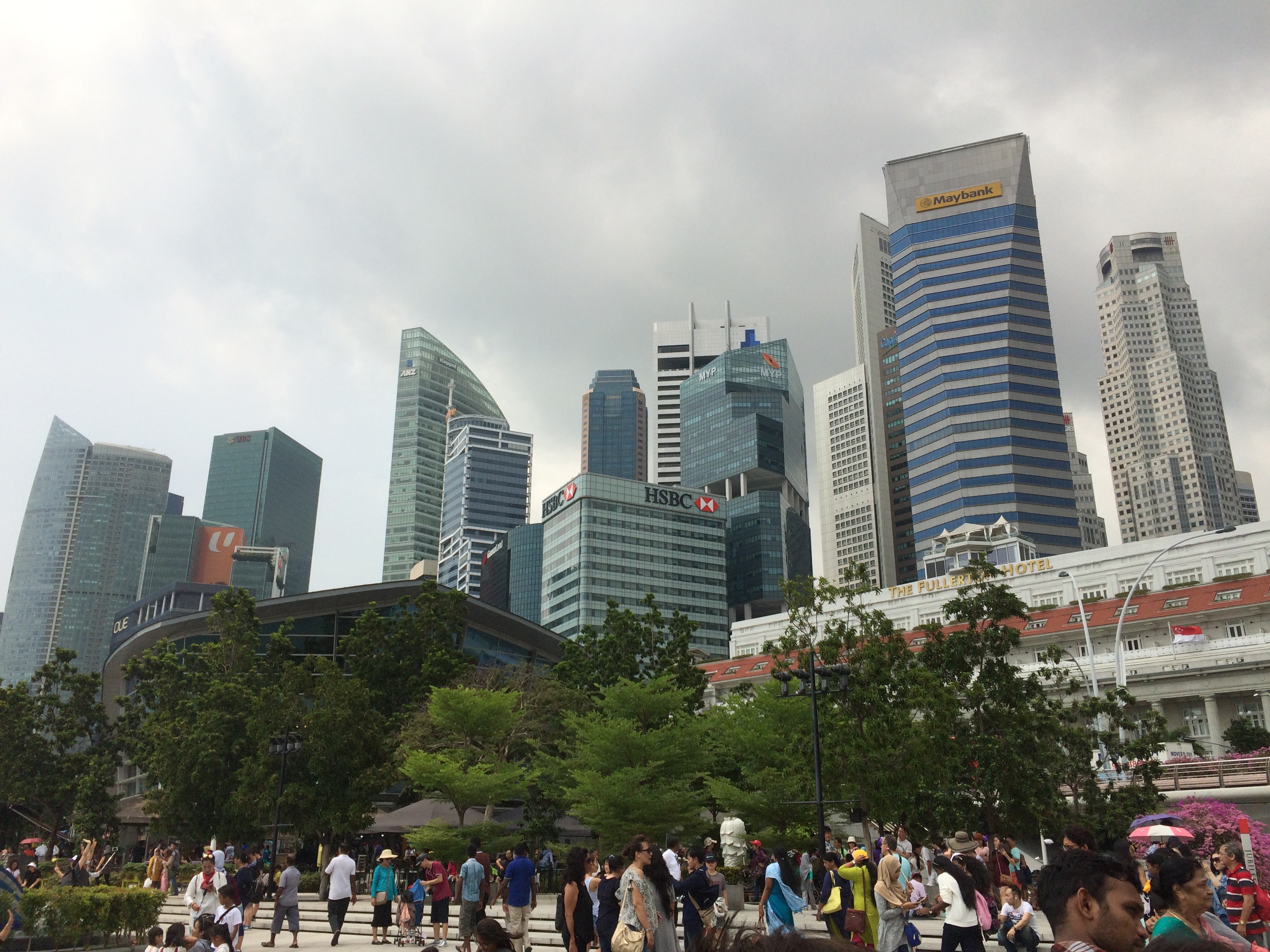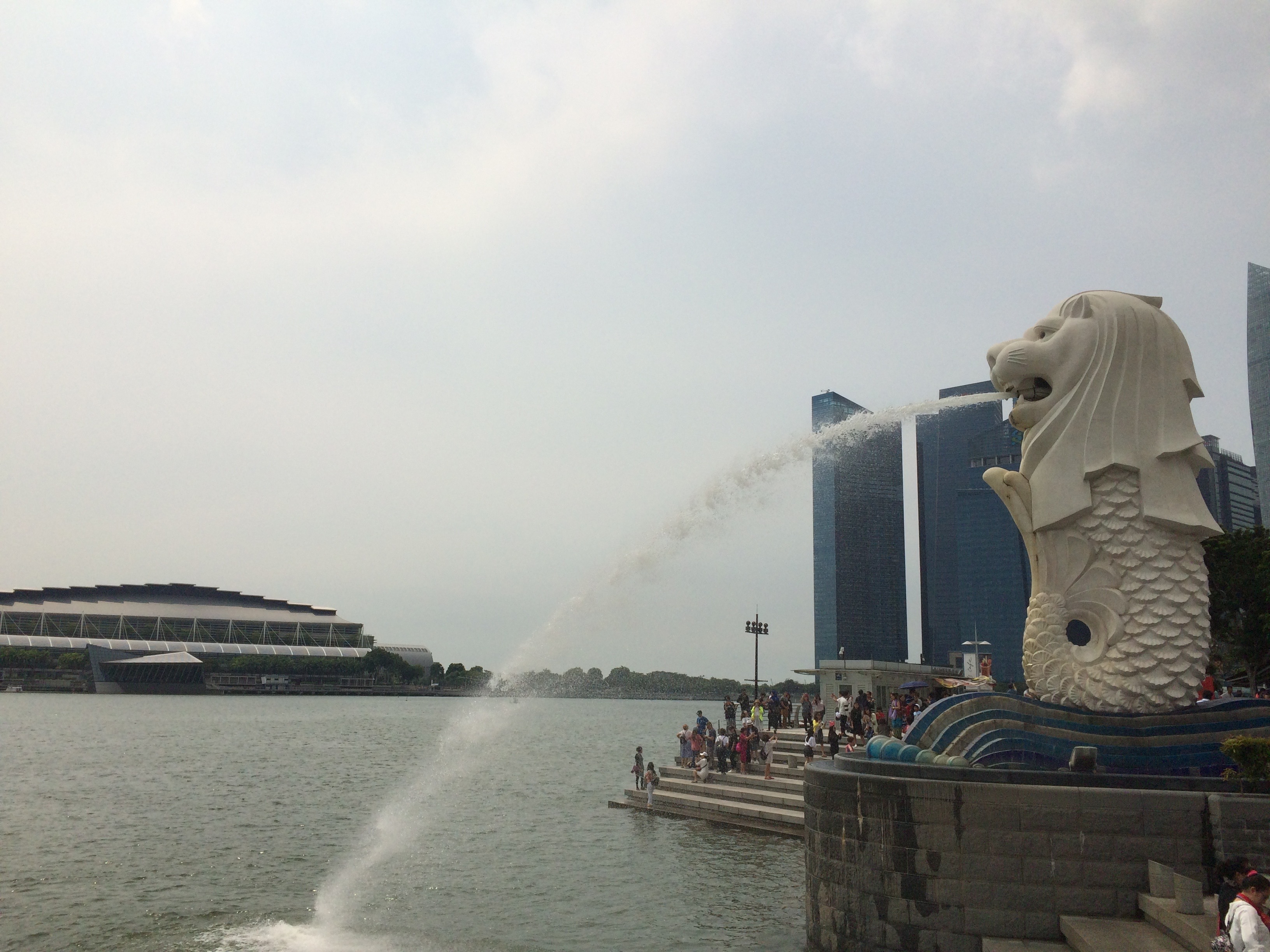
With the announcement in mid-2013 that the Arctic Council would accept six new observer governments into the fold, much of the attention was focussed on China’s admission, as the largest state to achieve membership. However, a bit of incredulity was expressed surrounding the inclusion of another state, Singapore, an equatorial island which lies more than 7200 kilometres from the Arctic Circle. At first glance, there appeared to be very little linking the Southeast Asian country with circumpolar northern affairs, but over the past decade Singapore has sought to burnish its credentials in the region and develop a more comprehensive Arctic identity.
Singapore’s addition to the Arctic Council’s ever-growing observer ranks has also contributed to the greater debate about which states should be considered legitimate Arctic ‘stakeholders’, especially with respect to countries far from the Arctic region. As other countries prepare to queue for an observer position in time for the next Council ministerial in 2019, Singapore finds itself as almost an acid test of how a non-Arctic state can demonstrate an Arctic regional commitment.
Unlike the other East Asian observers in the Arctic Council, Singapore, (population 5.6 million), lacked a historical legacy of scientific or exploratory engagement in the Arctic, only having achieved independence in 1965. Thus, the island nation has been deeply engaged in the region for less than two decades prompted by growing concerns about the opening up of Arctic trade routes, especially the Northern Sea Route/NSR, which is now viewed as an emerging alternative to Indian Ocean maritime trade. Singapore has also expressed interest in potential resources emerging in the far north, including fossil fuels, as well as the effects of climate change in the region and the potential effects on the island state.
Despite less of an Arctic policy platform to work with, Singapore has sought to make up for lost time by engaging in several areas of Arctic diplomacy, including on the Track II, sub-governmental level via various organisations and conferences. In November 2015, Singapore hosted a special forum linked to the Arctic Circle conference, featuring panels about scientific and economic cooperation, governance of the NSR, and regional infrastructure development.
Singapore’s emerging Arctic interests have been directly tied to the growing role of the Arctic in shipping, given the island state’s position as a major nexus of maritime trade between the Indian and Pacific Oceans and the possibility of the NSR developing as a competing route. As Kent Calder wrote in his recent book, Singapore: Smart City, Smart State on the island’s economy, the state’s status as a international hub was built on four pillars, namely the creation of infrastructure for transport, commerce and international cooperation, the attraction of foreign investment, the development of communication and information technology for the circulation of ideas, and the exporting of ideas and products on a global level. All of these variables are greatly dependent upon Singapore retaining its status as a central hub for global transportation and shipping.

When Singapore was first seeking Arctic Council observer status after 2011, there was much debate about a potential ‘resource rush’ in the Arctic due to (then high) energy prices and the possibility of regional mining enterprises taking shape. However, as an island state with a low elevation above sea level, the country was also wary of the possibility of melting northern sea ice threatening Singapore’s coastlines. The country has sought to be recognized as a regional leader in green initiatives, and Arctic engagement has been one way for the country to further underscore its environmental credentials and concerns about global climate change.
In building an Arctic identity, Singapore had much ground to cover. The country is not yet a signatory to the 1920 Spitsbergen (Svalbard) Treaty, has had limited exposure to Arctic scientific endeavours, and unlike Japan and South Korea has yet to publish a comprehensive Arctic governmental white paper. Thus, when the ‘Nuuk Criteria’ for the acceptance of new Arctic Council observers was confirmed in 2011, Singapore sought to make its application as robust as possible, despite diplomats referring to the country as a ‘novice’ in the circumpolar north.
To adhere to the Nuuk Criteria, a given observer status applicant is required to express support for the Council, recognise the sovereignty of Arctic states, and their right to administer the Arctic Ocean under the parameters of the UN Convention on the Law of the Sea (UNCLOS), and recognise the rights of indigenous persons in the Arctic region. The manual for observers was subsequently accepted at the Arctic Council’s Ministerial in Kiruna, Sweden in 2013, and since then it is assumed that observers would play a role in developing the organisation and its subsidiary bodies, including specific working groups.
In a 2014 article [paywall] by Ian Storey about Singapore’s successful Arctic Council campaign, it was noted that the country was able to impress the organisation by its commitment to participating in regional affairs and development. This included the appointment of an Arctic envoy, Ambassador Kemal Siddique, and the state’s willingness to use its vast expertise in maritime affairs to potentially contribute to specific working groups, including those focussed on environmental protection and emergency responses. A 2013 study [pdf] by Solli, Rowe and Yennie Lindgren also noted that a major selling point for Singapore’s observership bid was its venerable expertise in handling complicated maritime traffic, as the country sits astride the Malacca Straits, a major ‘sea lane of communication’ (SLoC) linking the Asia-Pacific with the Indian Ocean, as well as its shipbuilding expertise and participation in legal institutions overseeing maritime regulation.
Since its acceptance as a Council observer, Singapore has also sought to deepen cooperation with Arctic economies, as evidenced by March 2016 meetings between Russian Arctic officials and Singaporean Minister of State, and Transportation Minister, Sam Tan Chin Siong. Mr Tan continues to represent his country at Arctic Council meetings, and would also speak at the March 2017 ‘Arctic-Territory of Dialogue’ conference in Arkhangelsk, including on a panel on regional transportation opportunities appearing in the circumpolar north. In October 2016, then-Singaporean President Tony Tan Keng Yam made an official visit to Norway, which included a stop in the Arctic city of Tromsø.
Singapore’s views on Arctic shipping were accentuated by remarks in October of this year by the head of the Singapore Shipping Association (SSA), Esben Poulsson, who noted that the country was in a position to support the development of Arctic offshore energy development, the maritime transportation of fossil fuels and raw materials and eventual complete transits between Asia and Europe. However, he also stated that these endeavours needed to be pursued while keeping in mind the environmental sensitivities of the far north, and the fact that Arctic shipping would likely remain a ‘niche activity’ in the near future and that competition with the Malacca Straits was unlikely to appear for a long time.

Nevertheless, the long-term possibility of the NSR developing as a faster alternative route between East Asian and European markets continues to silently hover behind Singapore’s developing Arctic interests. The country is already concerned that its shipping interests may be challenged by projects closer to home, including planned deep-water ports in Malaysia and the on-off-on again plans to develop the Kra Canal in Thailand as an alternative the Malacca Straits. These projects, in addition to the more nebulous challenges the NSR might provide in the future, have prompted the Singapore government of Prime Minister Lee Hsien Loong to develop its own facilities, including the Tuas Mega Port initiative with its first phase expected to be completed in 2021 and its facilities fully operational by 2040.
In a July 2017 speech by Foreign Minister Vivian Balakrishnan, the Arctic Council was cited as proof that Singapore’s international relations were spreading well-beyond the Pacific Rim, and that the country should continue to pursue lasting partnerships and be viewed as an ‘honest broker’ in global affairs. The circumpolar north is therefore becoming a test case of not only the means by which non-Arctic states can play greater roles in the region, but also how Singapore can expand its foreign policy interests beyond the Asia-Pacific at a time when power shifts in that region are accelerating in speed.